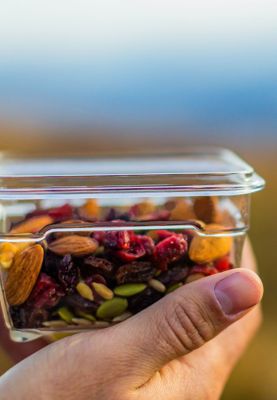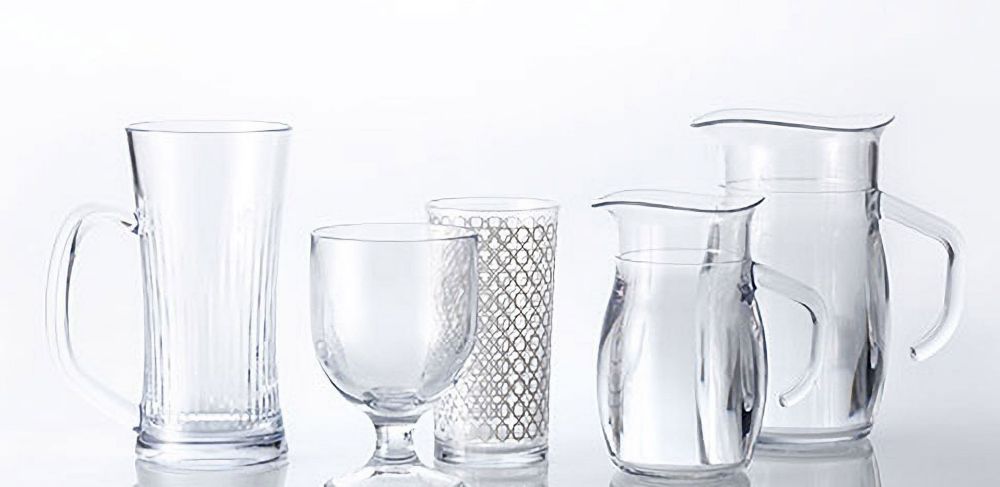Ensure quality and safety
From the ingredients inside to the packaging outside, your food and beverage products need superior solutions. Eastman’s commitment to safety, quality and sustainability give you peace of mind about materials used in the food and beverage industry. We work closely with food processors and packagers to ensure our materials meet consumer needs and stand out in the marketplace.

Plasticizers
From food film wrap to conveyor belts and liners, Eastman’s plasticizers are used in multiple food and beverage applications, making materials easier to handle, more flexible and perform better. Discover our portfolio of plasticizers.















